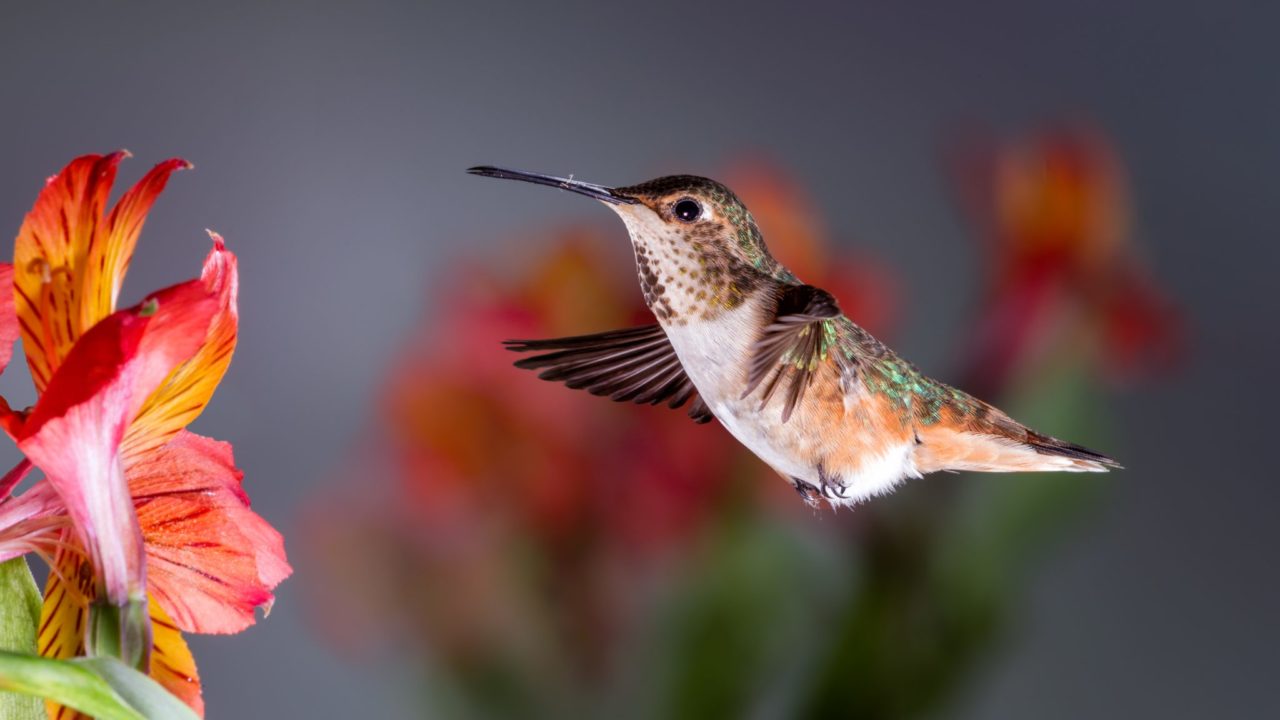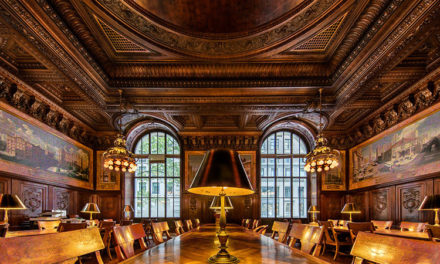Meet Patricia Ware—not only is she a talented bird photographer, but she’s full of knowledge. The image seen above is just one of her many crisp bird photos and below she reveals how she managed to capture such a shot on top of sharing some interesting facts about hummingbirds in the process.
1.) Can you tell us a little bit about your photo?
This full frame shot of A Young Allen’s shows him hovering by flowers in my backyard in Manhattan Beach, CA.
In flight, hummingbirds demonstrate exceptional skill. They are the only true hoverer. They can remain in place in the air as long as they wish! Perhaps you’ve seen other birds hover as well. But you might not realize that these other birds are using the wind to hover by flying into the wind at a speed equal to the wind. Because 30% of a hummingbird’s weight consists of flight muscles, they have the ability to use their strength to hover. In fact, hummingbirds have the most powerful muscles per unit mass of any vertebrate.
When hovering, they move their wings in a shallow figure-eight pattern (with the “eight” lying on its side). Not only can they hover, but also hummingbirds can control the change in their directional movement in mid-air more precisely than any other bird. If you look carefully at this shot, you will see how mobile their shoulder joints are. Hummingbirds can generate lift on both the backward and forward strokes.
Given their small size and extraordinary speed and maneuverability, hummingbirds are challenging to photograph in flight. I wanted to capture a moment in time. My goal was to freeze the motion of a hummingbird’s wing so I would be able to more clearly see how they control direction.
2.) What gear/software did you use to create this image?
Because a hummingbird flaps its wings up to 70 times per second, I needed a high shutter speed to get a good shot with minimal motion blur. But ample light was also needed to keep my ISO low enough to avoid too much noise. Unfortunately, my backyard has many shade trees. So I needed another method to freeze the motion of these speedsters in low light without creating a shot with too much noise.
So I learned to use off-camera flashes. With multiple flashes, the flash stops the motion not the shutter speed so I could keep my shutter speed low. Moreover, by using multiple flashes, the ISO could be kept in the range from 100 – 400 hundred which would help keep the noise down.
For this shot, I used 6 flashes arranged around the spot I expected the hummingbird to feed. I set up my tripod in my kitchen with my Canon EF500mm f/4L IS USM aiming through an open window. On the other windows, I put up curtains because I did not want the hummingbird to see me.
I also used a 36mm Kenko Extension Tube which enabled my lens to focus closer than its normal set minimum focusing distance thus making the hummingbird even larger in the frame.
I set my Canon EOS-1D Mark IV to ƒ/22.0 aperture with a shutter speed of 1/160 and ISO at 200. You may be surprised at the slow shutter speed. Don’t forget that with multiple flashes, the flash stops the motion, not the shutter speed.
Photoshop was then used to process the shot.
3.) What do you like to photograph?
I am passionate about photographing birds – especially birds in flight. I love their freedom, beauty, and elusiveness.
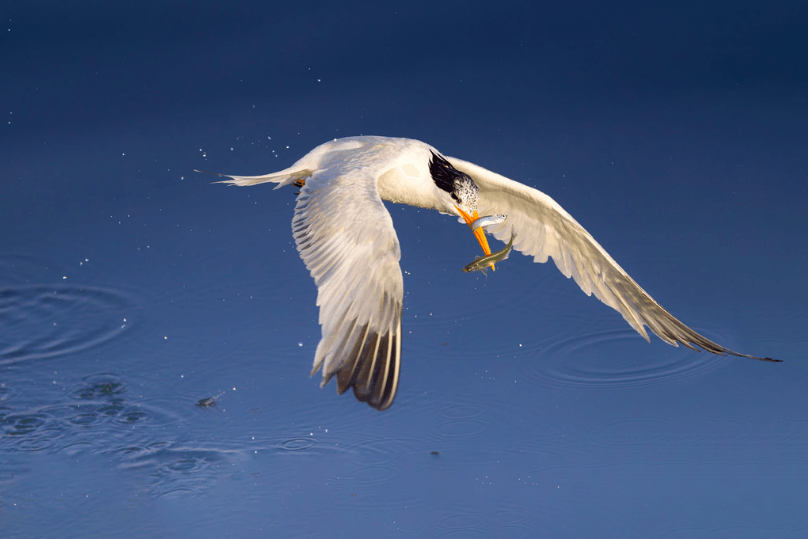
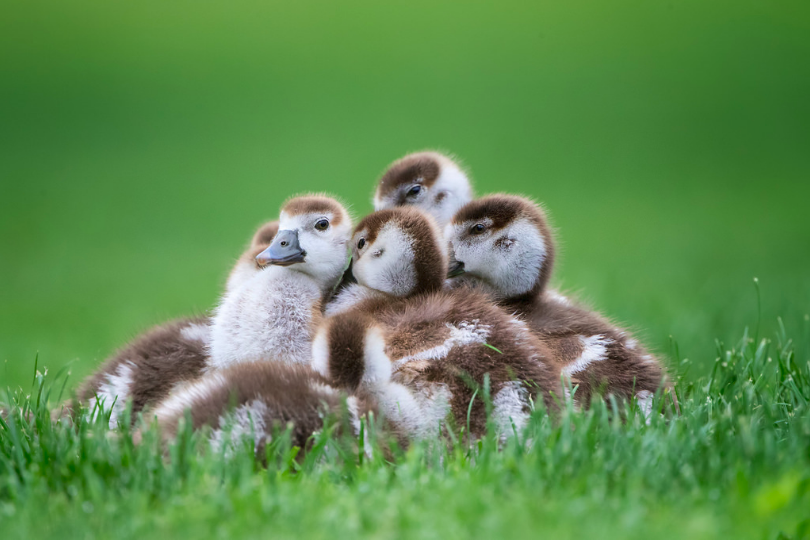
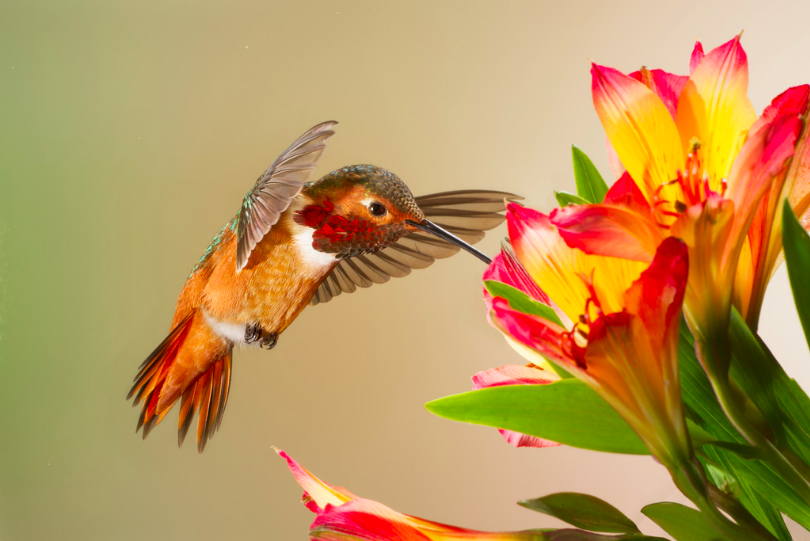
4.) How long have you been a KelbyOne member and what made you decide to become a member?
I’ve been a member of KelbyOne for the last eight years which is about the same time I purchased my first DSLR. At that time I knew nothing about how to operate a camera or process my images. I needed help. KelbyOne’s online tutorials taught me how to use Photoshop for my photography as well as specifics about my camera and composition. I could re-watch techniques that were complicated and I could even download episodes to watch when I did not have Internet access.
Want to see more of Patricia’s bird photography? Check her work out on her website or on Flickr.

